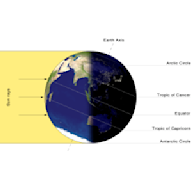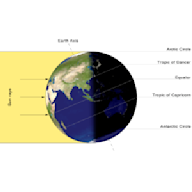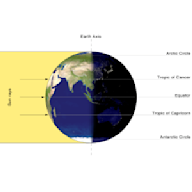Search results
Jun 20, 2024 · winter solstice, the two moments during the year when the path of the Sun in the sky is farthest south in the Northern Hemisphere (December 21 or 22) and farthest north in the Southern Hemisphere (June 20 or 21).
Astronomical winter begins at the winter solstice, which is the shortest day of the year. This means days get longer during winter—very slowly at first, but at ever-larger daily intervals as the March equinox approaches, heralding the start of spring.
The winter solstice occurs during the hemisphere's winter. In the Northern Hemisphere, this is the December solstice (December 21, December 22, or December 23) and in the Southern Hemisphere, this is the June solstice (June 20, June 21, or June 22).
Sep 21, 2017 · The winter solstice is the day of the year with the fewest hours of daylight. Humans may have celebrated the winter solstice as far back as the Stone Age.
Jan 17, 2024 · The Winter Solstice, or the December Solstice, is the point at which the path of the sun in the sky is farthest south. At the Winter Solstice, the sun travels the...
Jun 13, 2022 · The winter solstice marks the point at which the southern or northern hemisphere is tilted furthest away from the Sun. In the southern hemisphere, this falls sometime between June 20-22 (June 21 this year), while in the northern hemisphere it usually occurs on either December 21 or 22.
Dec 20, 2016 · The winter solstice is the year's shortest day, but the start of winter also launches the sun's steady climb toward the long, warm days of summer. This year, the northern winter solstice occurs on...
Dec 20, 2022 · The winter solstice heralds the astronomical start of winter and marks the day with the fewest hours of daylight for the year. But what's the science behind the shortest day and longest night?
Dec 22, 2023 · The winter solstice — the exact moment when the Sun appears farthest south in the sky — happens at 4:20 a.m. ET on Dec. 21 in 2024.
The winter solstice produces the shortest days and longest nights. Earliest sunrise not on longest day. Equinoxes and Solstices on Other Planets. Every planet in the solar system, apart from Mercury, is tilted on its axis of rotation. This means each planet has its own equinoxes and solstices.





